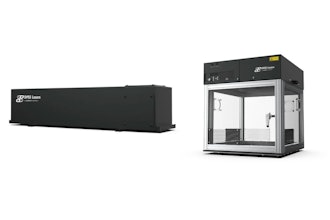Medical research has been making some big leaps in response to technology advancements. It appears that we’re on the cusp of a new world where custom human body parts can be grown or printed for those that need them. While doctors and researchers aren’t making the Six Million Dollar Man or Bionic Woman just yet, it looks like they’re not far off.
In a UK lab at a north London hospital, scientists are growing noses, ears and blood vessels using stem cells. It’s just one of several labs around the world trying to grow custom-made organs. According to an AP story this morning, only a handful of patients have receive the British-made organs—including tear ducts, blood vessels and windpipes—but they hope to transplant more after receiving approval from regulatory authorities.
But this isn’t the only research happening right now.
While custom building parts from human cells is one thing, engineering full organs, with their more complex structures, is another. In a recent CNN article, Mike Titsch, editor-in-chief of 3D Printer World, which covers the industry says, “The mechanical process isn't all that complicated. The tricky part is the materials, which are biological in nature. It isn't like 3-D printing plastic or metal. Plastic doesn't die if you leave it sitting on an open-air shelf at room temperature for too long."
To bioprint a human structure, scientists harvest human cells from biopsies or stem cells and allow them to multiply in a petri dish. The resulting mixture is then fed into a 3D printer programmed to arrange different cell types into a precise three-dimensional shape. The hope is that when these body parts and organs are placed in the body, the 3D-printed cells will integrate with existing tissues.
Check out this video on 3D printing for the human body where Sanjay Gupta explores how 3D printing is affecting the world of medicine.
The availability of cheaper 3D printing technology is certainly helping medical research. Beyond cell structures and organs, 3D printing is already having an influence on human limbs. Amputees and victims of war have been getting printed legs and arms to replace those they’ve lost. These limbs span the spectrum from non-functioning to bionic.
While it may be too soon for us to walk into a doctor’s office and order up a new kidney, that day may not be far away.
To read more manufacturing and technology news by Jon Minnick, sign up for our newsletter. You can also follow Manufacturing Business Technology on Twitter @MBTwebsite.






















